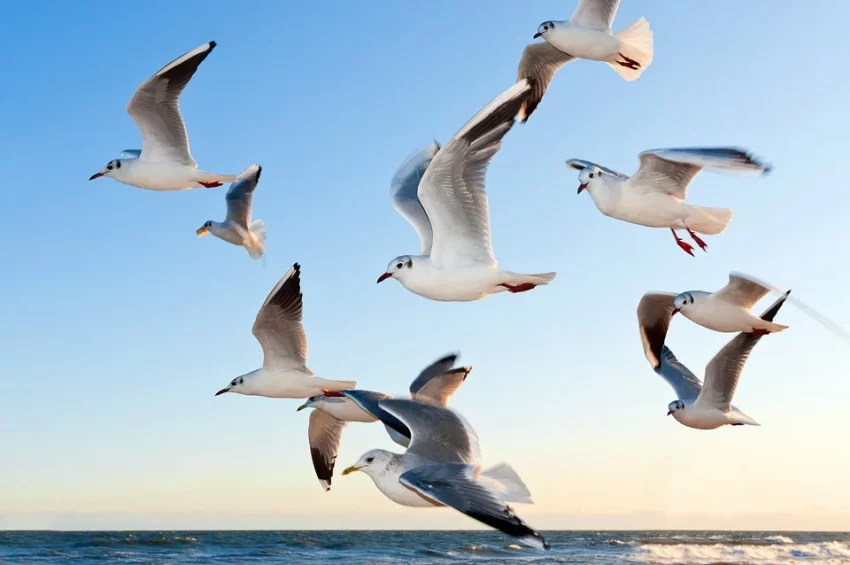Bird feathers are a significant characteristic of birds and unique to these animals. They form an epidermal structure, help maintain body heat, courtship, protection from external enemies, and allow them to move in air and water. But can birds exist without feathers?
There are different types of feathers depending on the bird’s territory and whether it flies or not. On the other hand, there are cover feathers such as down that regulate body temperature. For flight, the main and secondary feathers of the wings and the tail feathers are used.
Considering how vital feathers are to birds, is there any bird without feathers? To find out the answer, read on.
Birds’ feathers make up an incredibly dense and complex network that enables them to lift heavy loads and, as a result, to fly. Birds take great care to keep their feathers in perfect condition.
In general, most vultures are predators and tend to target birds without feathers on their heads or necks. This has to do with the way they feed.
To feed on carcasses, vultures insert their heads through holes already made by other predators into the animal’s own anus, rectum, and other body holes. As a result, the head and neck are filled with blood, feces, and bacteria.
It is easier to maintain hygiene in this area.
The more giant and colorful the projections on the neck and head, the more attractive they are to females. Additionally, it is believed to be an adaptation to avoid the heat of the environment.
The bird has a unique metabolic process for vitamin A, a protein that hinders the development of feathers in the head and neck area.
Birds without feathers
There are several reasons why some birds may not have feathers:
1) Pathogenic Bacteria
Many pathogens can cause birds to be featherless.
2) Beak and Feather Disease
If chronic, the affected bird will live with this disease for several years. In this case, feathers become brittle, broken, discolored, curled, and misshapen. The disease affects the follicles of the feathers, so once they are shed, they are irreversible.
3) Behavioral Disorders
One of the leading causes of feather loss in birds is stress.
Pecking usually begins in a small, localized area. If this behavior is not detected or stopped in time, affected individuals may become self-injurious.
When pecking is detected in birds, it is crucial to find the possible causes that may be causing it. In this case, there are three main causes.
Organic: These are related to the bird’s health problems, including external parasites such as mites and lice, internal parasites, malnutrition leading to malnutrition, allergies, and viruses and pathogens, as we saw earlier.
Environment: Improper light conditions, humidity, temperature, environmental irritants (cigarettes, smoke), improper cage placement, lack of food, and no stimulation can cause stress and boredom, leading to pecking.
Behavior: This only occurs in captive birds. Overprotective owner behavior, lack of companionship and environmental enrichment, fears, and phobias can all lead to OCD, including pecking.
Ideally, the problem should be identified as soon as possible and referred to a professional. This way, this behavior can be remedied as quickly and effectively as possible.

4) Follicular cyst
This is a common problem in birds with high feather density and is usually congenital.
The cyst occurs when the feathers fail to penetrate the epidermis and extend inward to form a lump. Removal of this cyst usually requires surgery with an electrocautery scalpel, and no other treatment currently exists.
5) Abnormal Feather Development
An easy way to identify abnormal feather development is to look at the bird’s molt pattern and the bird’s color.
If molting occurs almost continuously, it is often due to temperatures that are inappropriate for them. Feathers help regulate the bird’s body temperature; if it is too warm, the bird will continue to shed feathers, which can be debilitating and lead to serious health problems.

